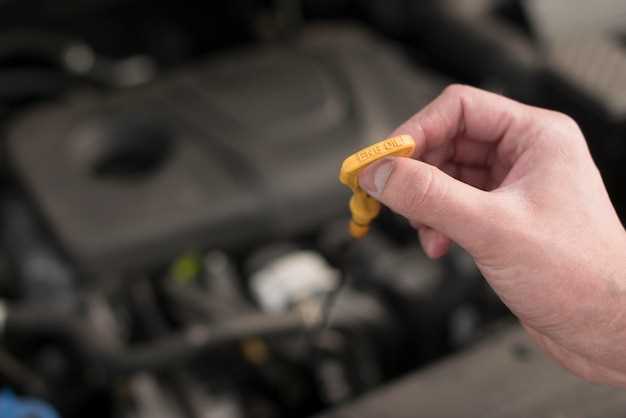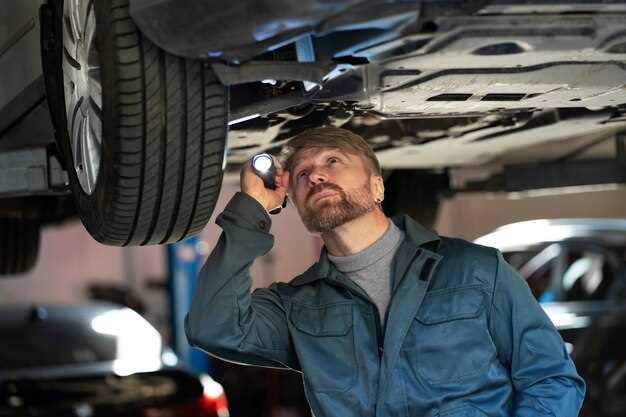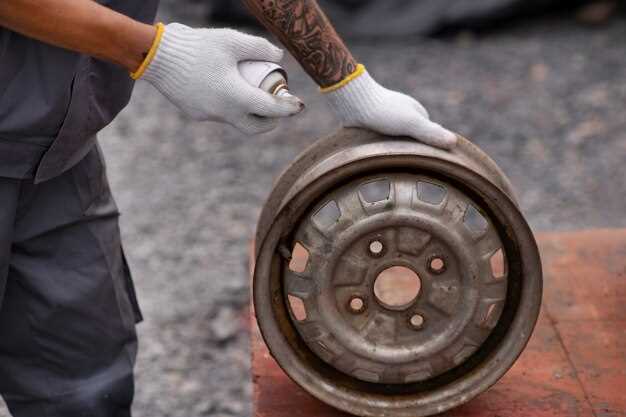
Truck brake drums play a crucial role in the safety and performance of commercial vehicles. These components are designed to provide the necessary force to slow down or stop the vehicle when the brakes are applied. Over time, however, brake drums can wear down due to constant friction, heat, and environmental factors. Ignoring signs of wear can lead to serious consequences, including reduced braking efficiency and increased risk of accidents.
It is essential for truck operators and fleet managers to be vigilant for specific indicators that suggest brake drum deterioration. Common signs of worn brake drums include unusual noises, vibrations during braking, and decreased responsiveness. Recognizing these early warning signs can prevent costly repairs and ensure the safety of both the driver and other road users.
In this article, we will explore the key signs that indicate worn truck brake drums. Understanding these symptoms is vital for maintaining the integrity of your commercial vehicle’s braking system and ensuring its optimal performance on the road.
Identifying Physical Damage on Brake Drums

Regular inspection of brake drums is essential for maintaining the safety and efficiency of commercial trucks. Physical damage to brake drums can lead to significant safety hazards, including compromised braking performance. One of the first indicators of deterioration is visible cracking. Cracks may appear on the surface and can spread if not addressed promptly, leading to complete drum failure.
Another sign of potential issues is warping or irregularities in the drum surface. This can occur due to excessive heat generated during braking, often resulting in uneven wear on the brake linings. Inspecting for any signs of warping is crucial, as even a slight irregularity can impair braking efficiency.
Additionally, look for scoring marks or grooves on the drum. These can be caused by debris or worn-out brake shoes that fail to provide adequate coverage, leading to significant damage over time. Scoring may require the drum to be resurfaced or replaced entirely, depending on the severity.
It’s also important to check for corrosion or rust, particularly in trucks that experience exposure to moisture and road salts. Corrosion can weaken the structural integrity of the brake drum, increasing the risk of breakage during operation.
Lastly, unusual noises during braking, such as grinding or squealing, often indicate underlying issues with the brake drums or related components. Addressing these physical signs of damage is vital for ensuring safe and reliable operation of commercial trucks on the road.
Recognizing Unusual Noises During Braking
When operating commercial trucks, it is crucial to pay attention to any unusual noises that may arise during braking. These sounds can indicate underlying issues with brake components, particularly the brake drums. Ignoring these warnings can lead to more severe problems and jeopardize the safety of the vehicle.
Common unusual noises during braking include:
- Squeaking: A high-pitched squeak may suggest that the brake pads are worn and the wear indicators are making contact with the drum.
- Squealing: Prolonged squealing sounds can indicate a lack of lubrication or that the brake shoes are deteriorating and need replacement.
- A grinding noise often signifies that the brake pads or shoes have worn down completely, allowing metal components to rub against each other. This requires immediate attention.
- Thumping: If you hear a thumping or bumping noise, it could indicate that the brake drum is warped or uneven, leading to ineffective braking performance.
- Hissing: A hissing sound may imply that there is an air leak in the brake system, particularly in air brake systems commonly found in commercial trucks.
Truck operators should conduct regular maintenance inspections to identify the sources of these noises. If any unusual sounds occur, it is essential to have a qualified mechanic assess the brake system to prevent potential accidents or costly repairs.
In summary, unusual noises during braking should not be overlooked. Prompt recognition and response to these sounds can help ensure the safe operation of commercial trucks on the road.
Understanding Performance Changes in Stopping Power

The stopping power of trucks, particularly in commercial applications, is critical for safety and operational efficiency. Over time, brake components, including drums, may wear down, leading to noticeable changes in performance. Recognizing these changes is essential to maintain the reliability of braking systems and to avoid potentially dangerous situations.
One of the initial signs of diminished stopping power is an increased stopping distance. Drivers may notice that their trucks take longer to come to a complete stop, especially when under load. This change can be attributed to worn brake drums, which can lead to uneven contact with brake shoes, reducing the overall friction necessary for effective braking.
Additionally, a reduction in pedal response can indicate issues with the braking system. When the brake pedal feels spongy or requires more input to achieve the same stopping force, it suggests that the drums may be compromised. This is often due to heat buildup and warping of the drums, which diminishes their effectiveness over time.
Sound is another indicator of performance changes. If drivers experience unusual noises, such as grinding or squeaking, it may signal that brake drums are excessively worn or that the brake shoes are no longer making proper contact. Ignoring these auditory clues can lead to further damage and reduced stopping performance.
Furthermore, visual inspections can reveal critical information about the state of brake drums. Cracks, grooves, or discoloration on the surfaces indicate significant wear and necessitate immediate attention. Regular maintenance checks should be conducted to ensure that all components of the braking system are functioning optimally.
In commercial trucking, the implications of reduced stopping power can have severe safety ramifications, not only for the driver but also for other road users. Timely maintenance and replacement of worn brake drums are crucial steps in ensuring that trucks can stop effectively under all driving conditions.




